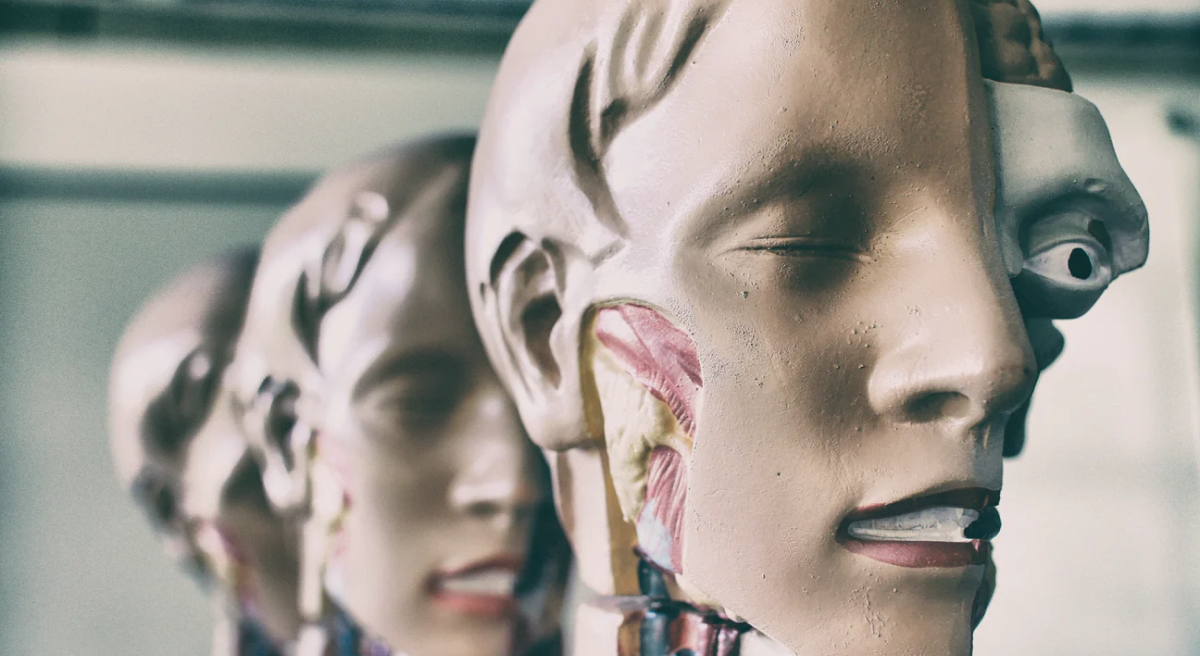
Scientists have developed a new AI chip that is powered by light. Memory, machine learning and image processing are combined into a single system, which is located on the chip.
Development is at the prototype stage. But this is already a serious step towards the new "brain on a chip" system. Education in it is built on the same principle as that of people.
The prototype of the chip was worked on by a group of Australian, American and Chinese scientists led by specialists from the Royal University of Technology in Melbourne in Australia (RMIT).
How the chip works
The new chip is based on a prototype of an early version of RMIT. The device memorized and stored data using light.
The chip is based on ultra-thin black phosphor plates . It is a substance with a metallic luster that looks like graphite. Black phosphorus conducts current and has semiconductor properties. It can also change electrical resistance depending on the wavelength of light. Due to the multi-colored illumination of the microcircuit, it was possible to teach the chip to perceive and memorize images.
From the very beginning, scientists assumed that it would be possible to create a technology that repeats the principle of remembering the human brain, namely, its ability to learn from what it sees.
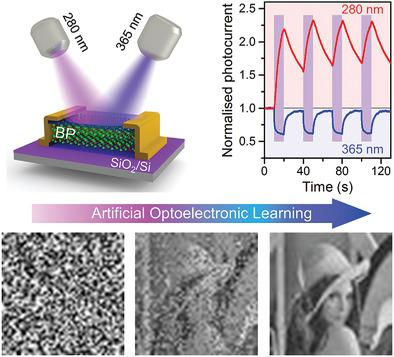
The new light chip AI reads, enhances images, classifies data and numbers, and is trained to recognize visual content with over 90% accuracy.
Chip scope
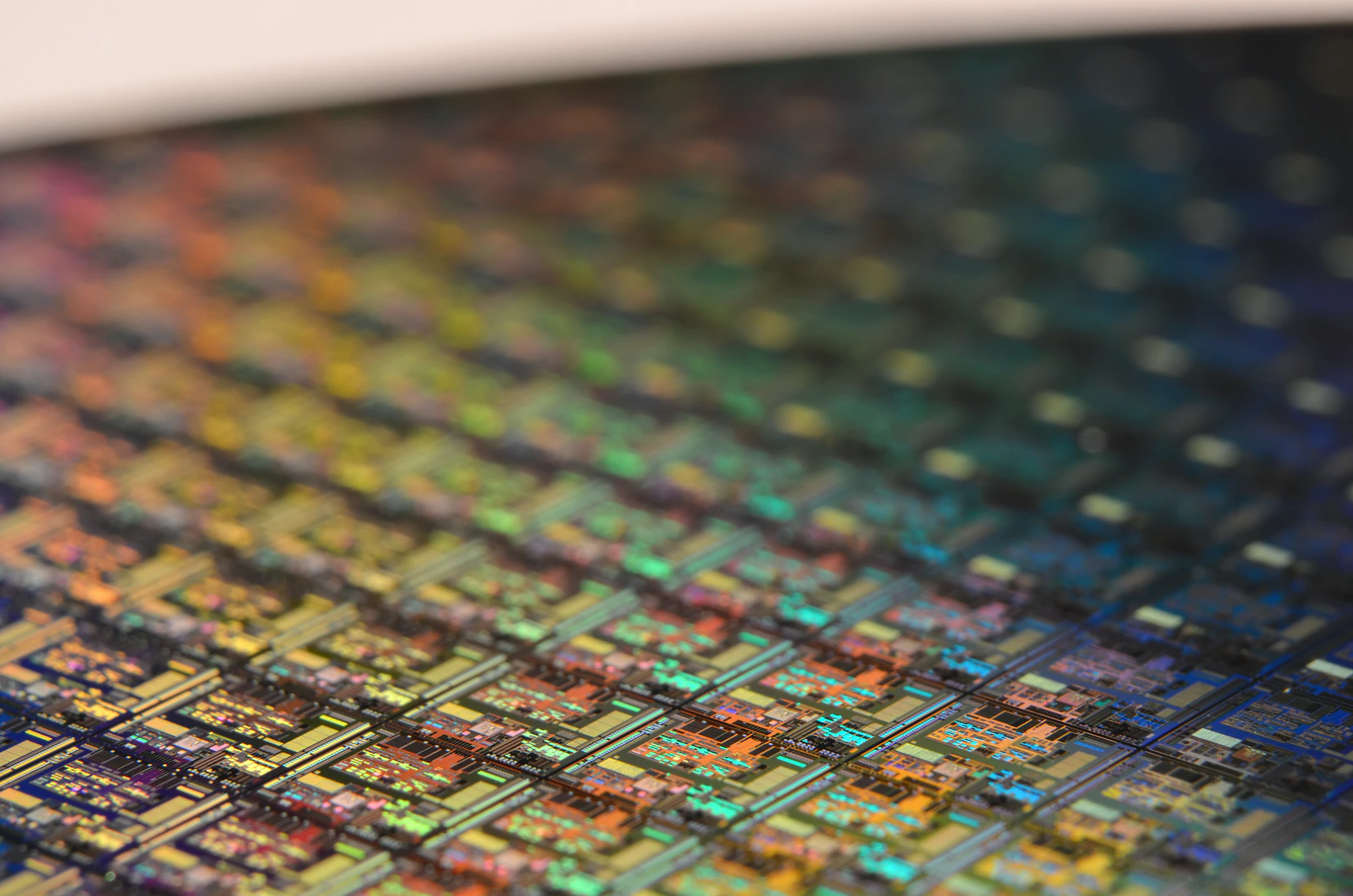
A new development, subject to its "publication", is capable of giving impetus to the development of neuro-robotics.
The technology can be applied in devices such as:
- drones and robots;
- wearable gadgets;
- smart technology;
- bionic implants.
Application in bionics is especially important: the results can be used in medicine. And, for example, lead to a decrease in size and an increase in the accuracy of bionic eyes.
The bionic eye is a wearable device that can partially replace the normal organ of vision. An artificial retina is implanted into the damaged eyeball, then the remaining neuroreceptors are triggered.
Also, the chip is compatible with silicon technologies, it can be integrated into various devices.
A simple example is a car DVR. If the device contains such a chip, it will easily recognize oncoming lights, road objects, signs, stripes, and then it will begin to make certain decisions even without an Internet connection.
Not by phosphorus alone: Elon Musk's chips
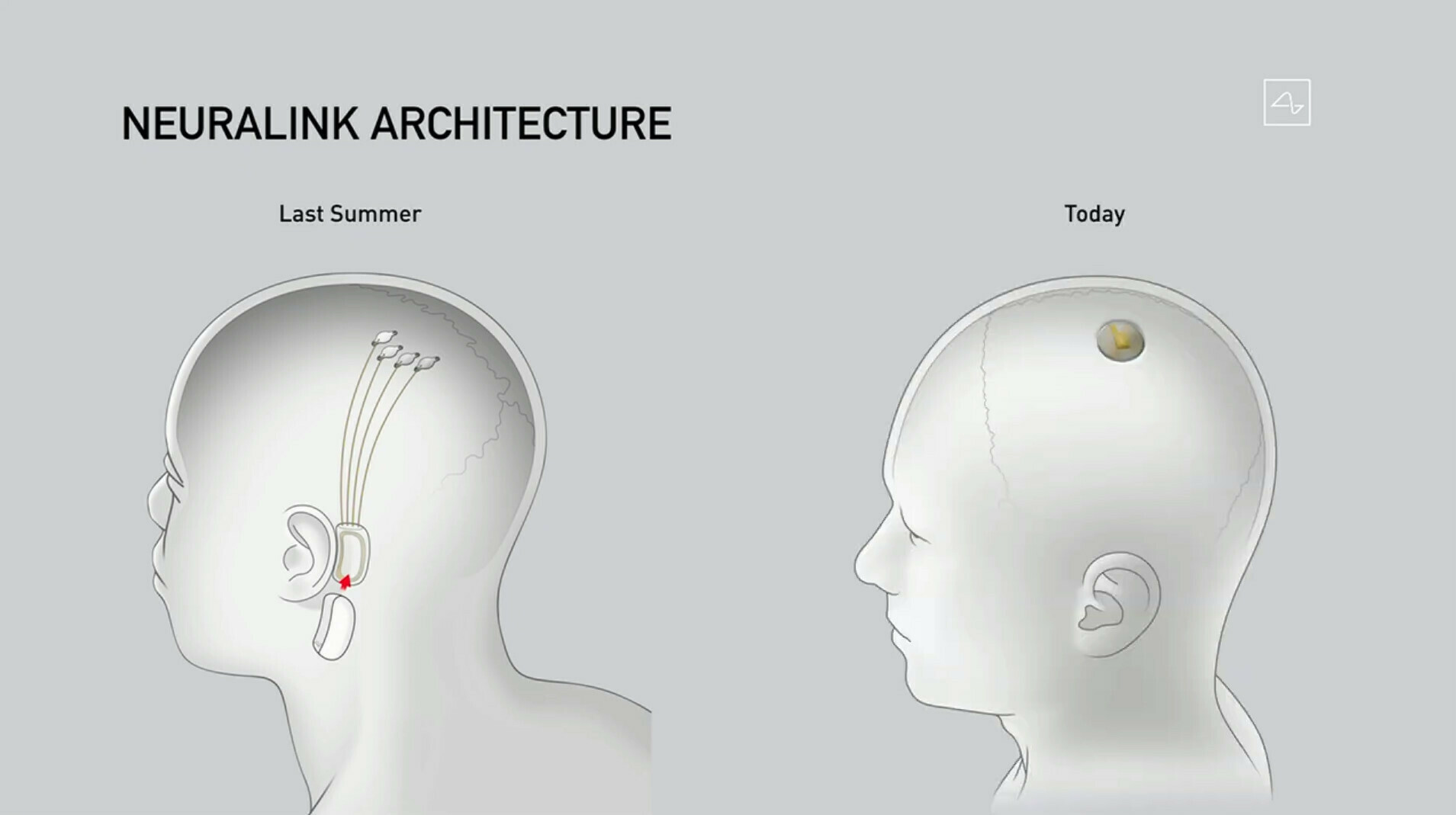
Neurotechnology and chipping are being actively explored by the team at Neuralink , a company founded by Elon Musk. The technology has already passed the test on monkeys, mice and pigs .
The technology will help people with limb paralysis. The chip will be able to restore hearing in case of deafness, and in Alzheimer's disease - restore memory. The main purpose of the chip is to interface the patient's brain with the AI.
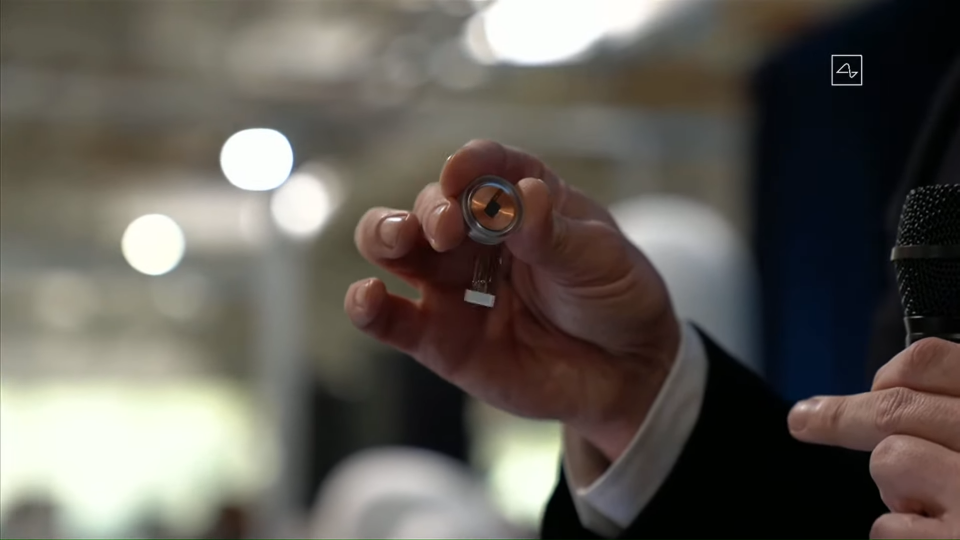
A coin-sized Link chip can be implanted into the brain with almost no trace of external interference. Musk likened the Link to a sports accessory in the skull.
The entrepreneur believes that the chip will not only be able to process data from the brain, but also upload it to the brain.
This technology is now very expensive. But over time, Musk plans to reduce the price of the chip to an acceptable one. He hopes that over time, the cost of an operation to implant such a chip, taking into account its own cost, will be several thousand dollars.
